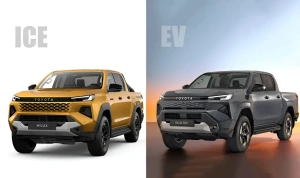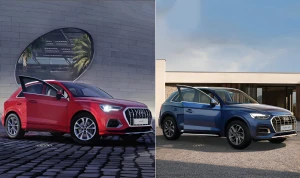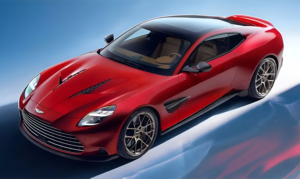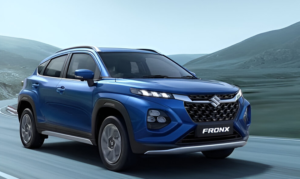Next-Gen Honda Hybrid Architecture Promises Better Driving and Fuel Economy
- Platform cut weight by about 90 kg compared to current model architecture
- Modular design aims for over 60 % parts commonality and better driving dynamics
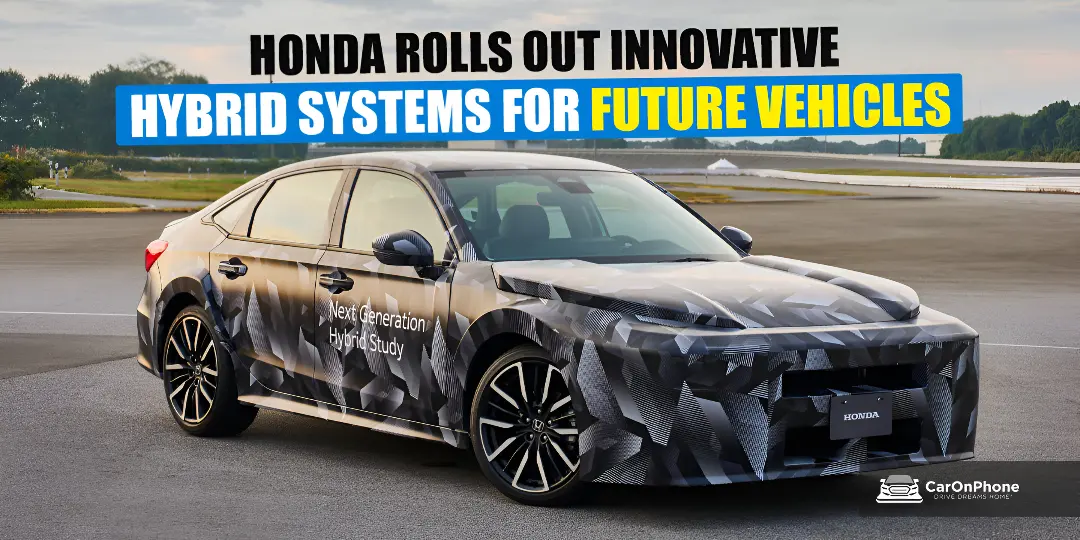
Honda Motor Corporation Limited has officially revealed its next generation hybrid platform, alongside other key technological developments including electric architectures and advanced hybrid systems. These innovations are part of Honda’s long term goal to achieve carbon neutrality across its vehicles and facilities by 2050
The automaker presented these technologies during its Honda Automotive Technology Workshop, showcasing how it is planning to make vehicles lighter, more efficient and more enjoyable to drive
Key Highlights of Honda’s Next-Generation Hybrid Platform
The new midsize hybrid platform, codenamed PF2 is designed to offer improvements in weight, rigidity, and modularity
Key points include
- Lightweight Design- The PF2 platform is about 90 kg lighter than Honda’s existing architecture, reducing overall vehicle weight
- Improved Rigidity- Despite being lighter, the platform offers higher body rigidity, contributing to better handling and stability
- Joy of Driving- Honda claims that this platform will provide an engaging and enjoyable driving experience while improving fuel efficiency
- Modular Layout- The PF2 architecture features a shared engine bay and rear underbody, allowing over 60 % of components to be used across multiple models. This improves production efficiency and reduces manufacturing costs
Advanced Technologies in the Midsize Hybrid Platform

Honda has equipped the PF2 platform with cutting-edge systems to enhance driving performance
- Motion Management System- This robotics-based system controls the vehicle’s posture to improve stability
- Agile Handling Assist- Ensures precise handling and better driving dynamics during cornering or sudden maneuvers
- Body Rigidity Management System- Adjusts load distribution across all four tires to provide enhanced stability and control in corners
These technologies combine to make the vehicle more responsive, safer and more enjoyable to drive while also boosting fuel efficiency
Upcoming Vehicles Using PF2 Platform
Production models using the PF2 platform are expected to arrive in 2027. Media reports suggest that the first vehicle in India to use this platform will be a 7 seater SUV. Other future models including the next-generation Honda City are planned to launch in 2029 with this architecture
The modular nature of PF2 allows Honda to streamline development across multiple models, ensuring that the benefits of the platform such as weight reduction, improved rigidity and enhanced driving dynamics are available in a range of vehicles
Honda’s Large Hybrid Platform – Advanced Performance for Bigger Vehicles

In addition to the midsize PF2, Honda also revealed a next-generation large hybrid platform designed for markets with high demand for bigger hybrid vehicles, including the US. Key details include
- New V6 Engine- The platform will feature a newly developed V6 engine that meets stricter emission regulations
- Advanced Battery Packs and Drive Units- The platform supports next-generation battery technology and improved drive units for better efficiency
- Performance Improvements- Honda targets a 30% increase in fuel efficiency and 10% faster acceleration compared to its current internal combustion engine (ICE) vehicles
- Higher Towing Capacity- This platform will also allow larger hybrids to tow heavier loads, making them more versatile for different use cases
These enhancements ensure that larger vehicles benefit from fuel savings, better acceleration, and improved handling while still meeting global emission standards
Benefits of Honda’s Next-Generation Hybrid Platforms

Both the midsize PF2 and large hybrid platforms offer multiple advantages-
- Weight Reduction- Lighter platforms lead to improved fuel efficiency and easier handling
- Enhanced Driving Dynamics- Advanced technologies improve stability, handling, and overall driving enjoyment
- Modularity and Cost Efficiency- Shared components reduce development time, lower manufacturing costs, and improve production efficiency
- Environmental Impact- The hybrid and electric architectures align with Honda’s commitment to reducing carbon emissions by 2050
For consumers these platforms mean vehicles that are not only efficient and eco-friendly but also deliver a more confident and comfortable driving experience
Future Outlook for Indian Market
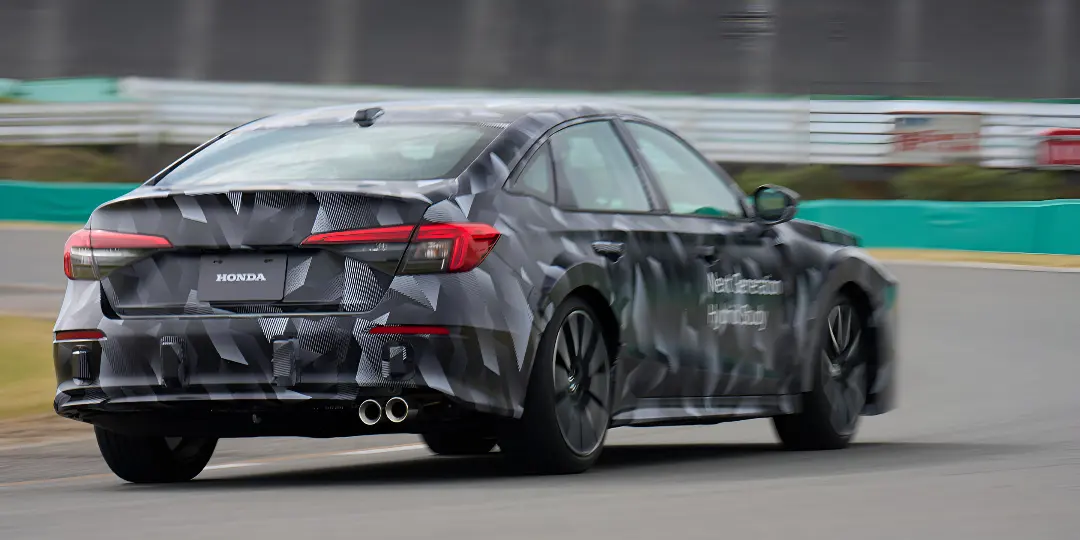
India is expected to see PF2 based vehicles from 2027 onwards. With SUVs and sedans being popular segments the introduction of the next-generation hybrid platform could make hybrid options more attractive and competitive. These models are likely to combine global engineering with features tailored for Indian roads and conditions
The rollout of large hybrid platforms globally also hints at the possibility of more capable hybrid SUVs and sedans in India offering improved fuel economy, acceleration and towing capability
Honda’s next-generation hybrid platforms, PF2 for midsize vehicles and the large hybrid architecture, highlight the company’s strategy to blend efficiency, performance, and sustainability. With lighter, more rigid and modular designs, these platforms set the stage for future Honda models to deliver superior fuel economy, better handling and enhanced driving enjoyment. Indian customers can look forward to the first PF2 based models by 2027 marking a significant step in the country’s hybrid vehicle market
Tags:
CarOnPhone is your one-stop destination to see all upcoming cars, latest cars, released cars, and EV Cars, and compare Cars in all Car Brands. Stay tuned and follow us to update yourself on the automotive world.

